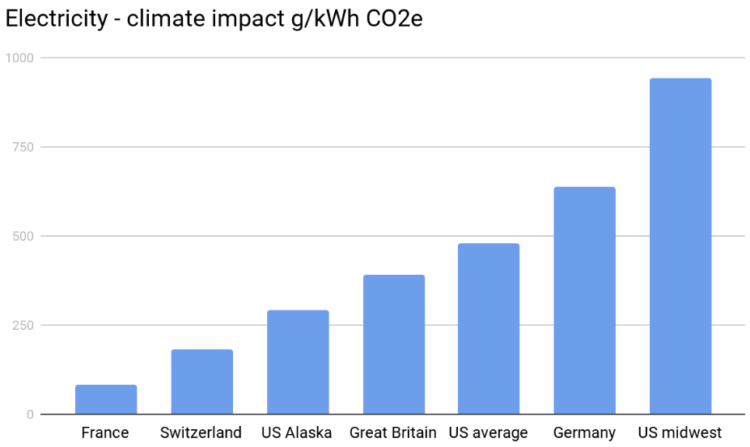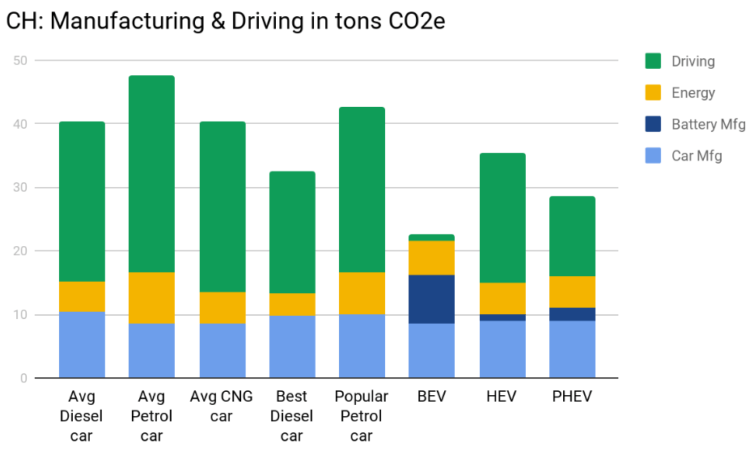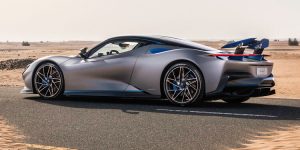Climate change & EVs: inconvenient numbers ?
With high mileage assumptions, the lifecycle estimate puts significant emphasis on the energy consumtion from driving. And in this are, the UCS study builds on an questionable assumption: electricity production is weighed based on the EV sales in each region, not on the basis of population or car sales. If the intent is to study the environmental impact of widespread adoption, the regions where early adopters abound should not skew the results and be assumed to represent the environmental equation for all consumers. The problem statement lies in the benefit of EVs for the broad majority, not EVs for the sub-1% minority who has adopted them already.
The UCS reports extremely significant disparities in the electricity climate footprint by region of the US, with an average at 480 g/kWh, and extremes at 291 g/kWh in Alaska, and 942 g/kWh in the midwest. EVs can be dirtier than ICE depending on where you drive them.
With this assumption, the UCS study thereby reaches favorable results for both electric cars: a reduction of more than 50% of greenhouse gases emissions. However, for a midwest consumer, the break even point between an ICE sedan and a Tesla Model S is at 60’000 km. The selected petrol full size sedan is more advantageous, in climate terms, before this milestone.
Assuming a modern sedan, for instance a light hybrid sipping 6.5 L/100km, would push the break even point with Model S fed with 480 g/kWh electricity to more than 80’000 km.
And in Switzerland ?
The swiss Federal Office for the Environnement has commissionned an impact study for electric passenger cars (Aktualisierung Umweltaspekte von Elektroautos).
This document reviews the manufacturing and driving footprint of a wide array of passenger cars:
– an average diesel compact car (6.0 L/100km)
– an average petrol compact car (8.5 L/100km)
– a car powered by Compressed Natural Gas
– the best in class di (Citroen C4 1.6 BlueHDI 100, 4.6 L/100km)
– the best selling compact petrol car (VW Golf 1.4 TSI DSG, 7.1 L/100km)
– a battery electric car (BEV): VW eGolf with a 33.4 kWh battery
– a hybrid petrol car (HEV): Toyota Prius III (5.6 L/100km)
– a plugin hybrid car (PHEV): Toyota Prius III plug-in (3.4 L/100km)
In this study, the manufacturing footprint includes maintenance as well. Emissions related to the source of energy are split between energy production and energy consumption. For the electric car (BEV), driving emissions result from the air conditioning refrigerant gas.









